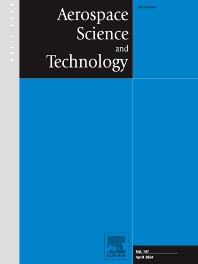Journals in Mechanical engineering
Journals in Mechanical engineering
- ISSN: 1270-9638
Aerospace Science and Technology

- ISSN: 1367-5788
Annual Reviews in Control

- ISSN: 0141-1187
Applied Ocean Research

- ISSN: 1359-4311
Applied Thermal Engineering

- ISSN: 0005-1098
Automatica

- ISSN: 0142-694X
Design Studies

- ISSN: 0955-7997
Engineering Analysis with Boundary Elements

- ISSN: 0894-1777
Experimental Thermal and Fluid Science

- ISSN: 2405-8963
IFAC-PapersOnLine

- ISSN: 0019-0578
ISA Transactions
